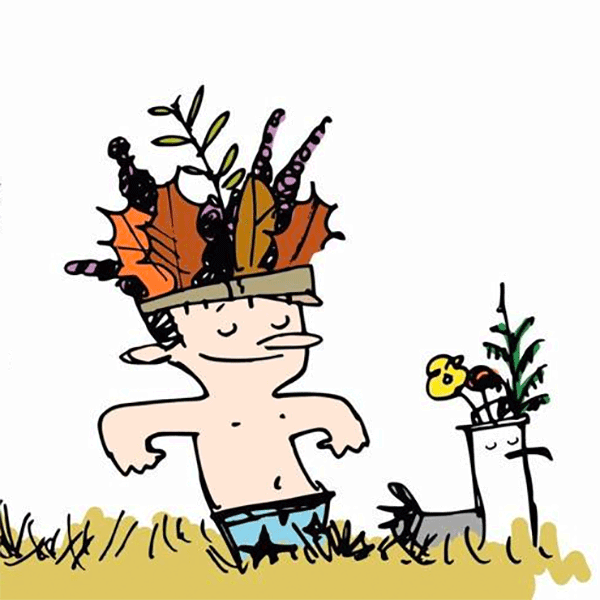Gardening
/Home & Leisure
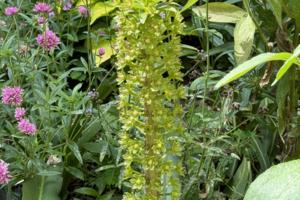
On Gardening: Pineapple lily production a crowning achievement for gardeners
The Garden Guy fell in love with the pineapple lily during the years as director of the Coastal Georgia Botanical Garden in Savannah. Every year they returned and did their beautiful display without any extra attention from any of the horticulturists. They also enlarged their clumps giving multiple blooms. All I could think was how in the world ...Read more
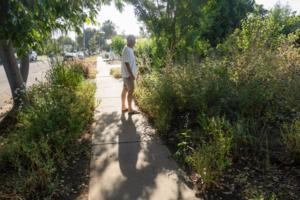
In a hot LA neighborhood full of brown lawns, his DIY native plant garden thrives
Water-hungry lawns are symbols of Los Angeles' past. In this series, we spotlight yards with alternative, low-water landscaping built for the future.
____
LOS ANGELES -- The temperature was in the 90s in West Hills, but that didn't deter an astonishing number of monarch butterflies, hummingbirds and bees from feeding on the California-...Read more
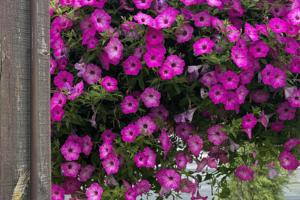
On Gardening: Tiara Pink a jewel of a Supertunia
One of the plants that literally took your breath away at the plant trials this year was the new Supertunia Tiara Pink. Shoot, I am not even a pink flower guy in the least but this one had me mesmerized. Subsequently the ones made available to me in testing have been the same, a "Holy wow!"
I’ve recently posted a photo on my Facebook page and...Read more
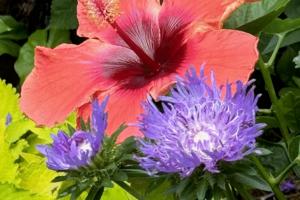
On Gardening: New Stokes aster will have you Totally Stoked
The Garden Guy used to drive Mississippi’s Highway 49 from Hattiesburg to Gulfport to fall in love with the native Stokes aster. They aren’t just native to Mississippi but found throughout the South. I have loved them at homes I have owned and in places like the Columbus Botanical Garden when I was director. I promise you will be stoked over...Read more
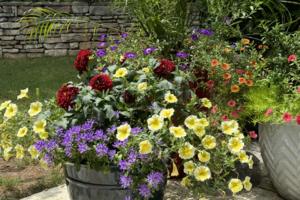
On Gardening: The Garden Guy is a virtuoso at dahlias
At the end of April, I had a gardening epiphany, a virtuoso experience if you will: I grew my first dahlia.
The hot and humid region of the Chattahoochee Valley of west Georgia is probably not the first area of the country that comes to mind at the mention of a dahlia paradise. But this day in April, as I looked at the Pinkerific, I felt as if...Read more
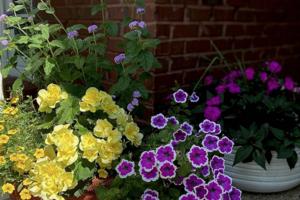
On Gardening: Supertunia brings home the trophies
A year ago, a lot of us had the opportunity to try Supertunia Hoopla Vivid Orchid petunia. Even more importantly though, these new plants were part of the university trial programs. My first reaction was that these petunias were just a fancy novelty. These trial programs proved me wrong and this year the gardening public is showing their delight...Read more
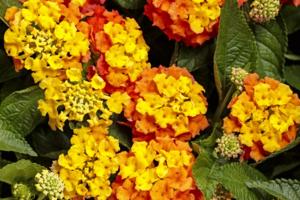
On Gardening: Luscious Basket Tangeglow is a perfect container companion
After seeing the flowers at the Young’s Plant Farm annual garden tour in Auburn, Alabama, I felt a sense of desperation to get my hands on the Luscious Basket Tangeglow lantana. I don’t always think about lantana being a component plant in mixed-container designs, but they had several that were simply dazzling.
Luscious Basket Tangeglow is ...Read more
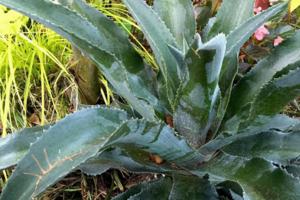
On Gardening: Welcome the Mangave to your garden
During The Garden Guy’s stint as executive director of the National Butterfly Center in Mission, Texas, I was completely taken by a native plant named the Manfreda maculosa. The common names associated with this plant are false aloe, spice lily and Texas tuberose and it was comfortably residing in the Agavaceae or Agave family. I’ll chase ...Read more
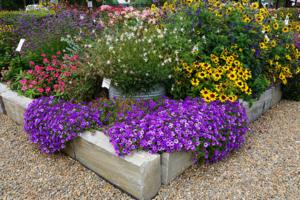
On Gardening: The trumpet call has sounded and it's going to be a Supertunia summer
As a national garden writer, I can tell the trumpet call has gone out for the long summer ahead. This is a call for petunias, summer’s favorite flowers, and they are trumpet shaped, of course. This call is also one of panic as I hear it in the voices of gardeners saying "I can’t find my Bubblegums."
This means they can’t find their ...Read more
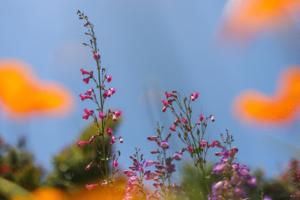
They cut their water bill by 90% and still have a 'showstopping' LA garden
LOS ANGELES -- Looking out the front windows of their northeast L.A. home, Kyle Anido and Katie Cordeal say their front yard is barely recognizable from a year ago when it was a lawn.
"It's crazy to see how lively the garden is now," says Anido, a 37-year-old camera operator. "There is so much bee activity."
"It has absolutely exploded," adds ...Read more
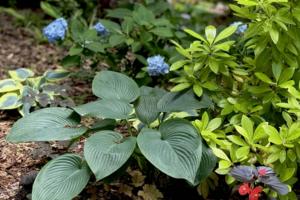
On Gardening: It's the Year of the Hosta, so let the beauty commence
The National Garden Bureau designated 2024 as the Year of the Hosta, but I would dare say that once you start growing hostas, every year thereafter will be a cause of celebration. It is a job well done, however, that the National Garden Bureau made this declaration as there will always be gardeners, both young and old, who need to experience the...Read more
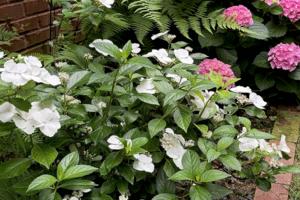
On Gardening: This hydrangea is a Fairytrail come true
Boy, have I got a fairytrail for you gardeners about an incredible new hydrangea. That sounds so funny and you are probably thinking a horticulturist is about to tell you a tall tale about a hydrangea that doesn’t exist. This column however, is about an award-winning hydrangea that does exist and it is called Fairytrail Bride. If you decide to...Read more
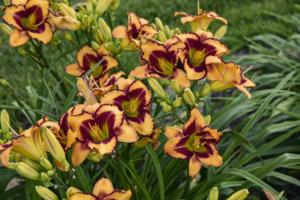
On Gardening: This daylily is like a blaze of glory
Last year I had the opportunity to trial a new daylily and I can tell you it went out in a blaze of glory. This happened for a couple of reasons. The first and foremost is that its name is Blazing Glory and it is making its debut this year as part of the Proven Winners Rainbow Rhythm collection.
This group now consists of 16 varieties and if ...Read more
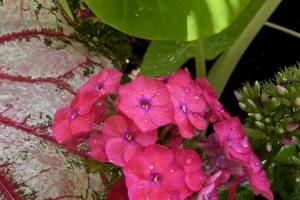
On Gardening: Luminary Sunset Coral phlox will have you mesmerized
Sitting on my driveway right now are three Luminary Sunset Coral tall garden phlox, Phlox paniculata. Just saying that color makes me expect a bolt of lightning to strike, and a mysterious voice to say it’s not nice to fool Mother Nature. This variety, still new to most everyone, is so beautiful in color and defies description.
There was a ...Read more
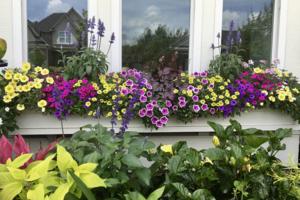
On Gardening: To avoid stress designing containers, keep it 'all in the family'
A few weeks ago, I wrote a column that stressed you grow containers in a mono culture style and cluster them together to create a garden look, when designing mixed containers. This week we’ll take it up a notch and say keep it ‘"all in the family." To be taxonomically correct, I should say keep it in the genus, but you will easily see what I...Read more

